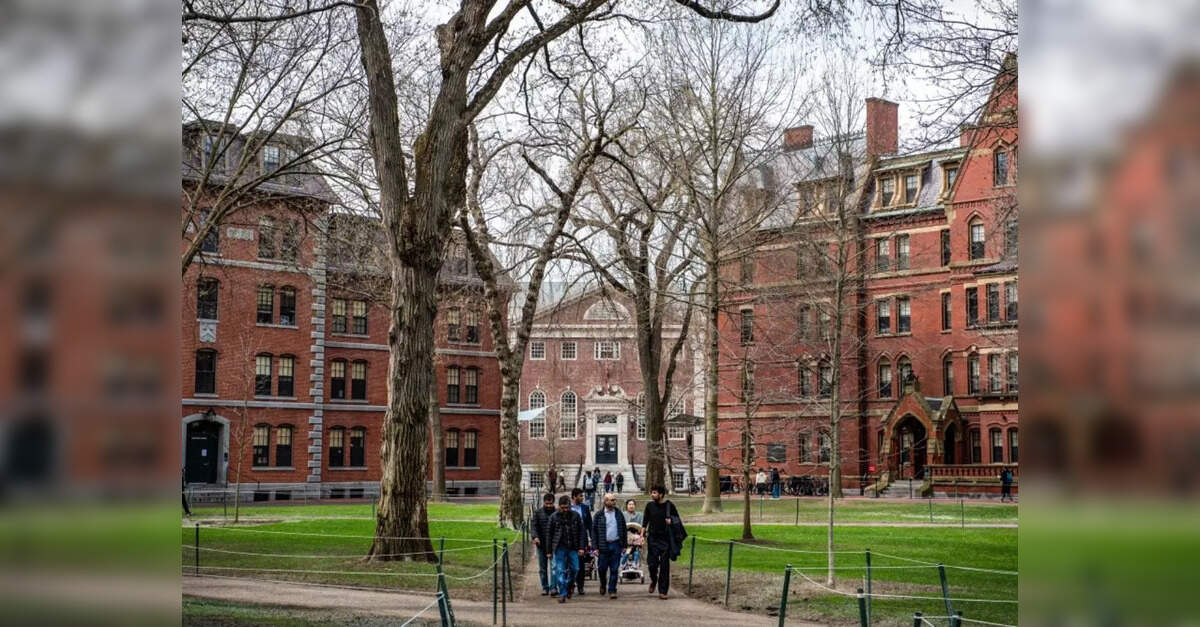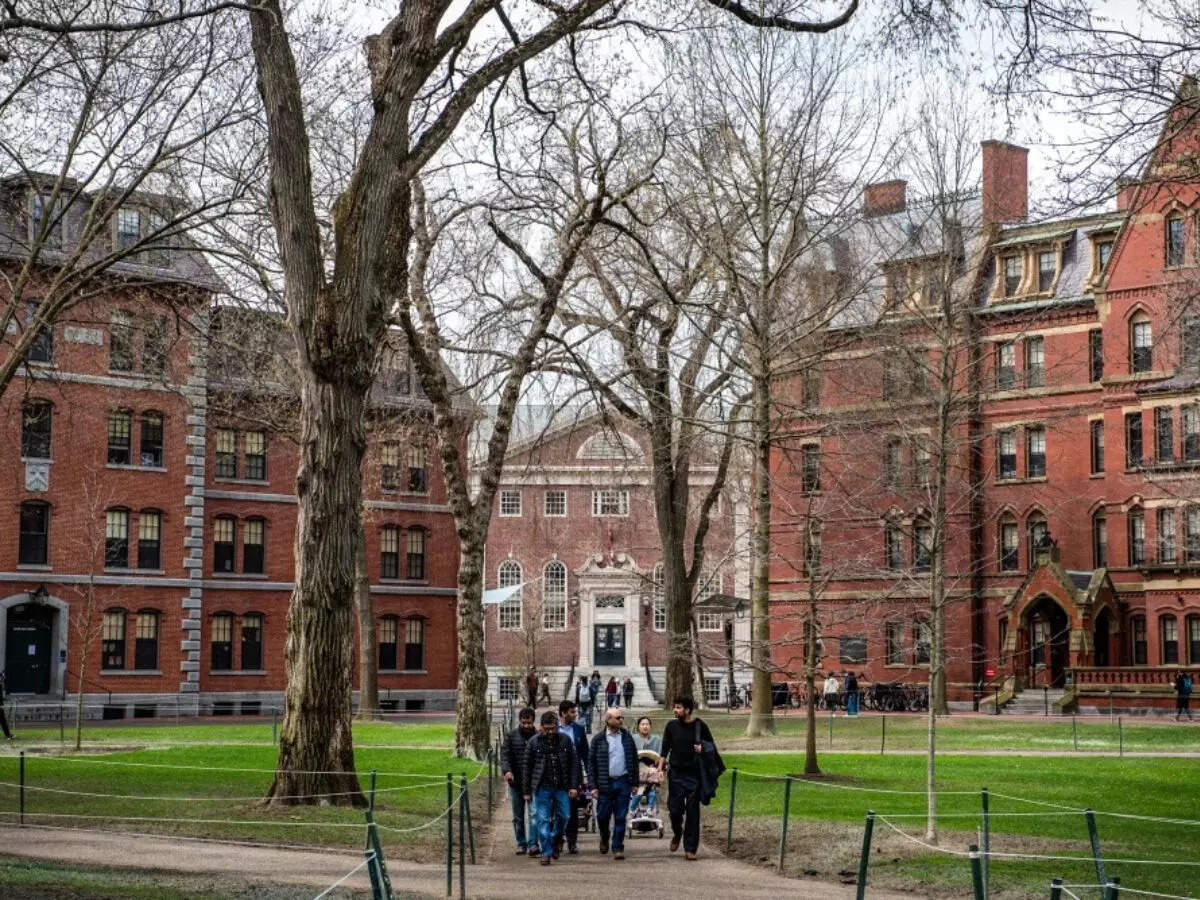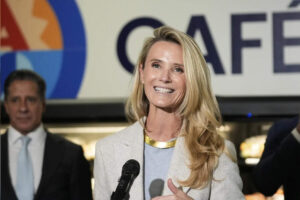
Harvard, Stanford, and Duke Release Students from Wait Lists as Fall Semester Approaches, ETEducation

As the fall semester approaches, several of America’s most selective colleges are making moves that are confusing, stressful, and potentially lucrative. Plagued by severe budget cuts and a sharp decline in international-student enrollment, institutions including Harvard University, Stanford University, Rice University, and Duke University have admitted dozens of students off their wait lists just weeks before classes begin.
For many students, this comes as a shock. Some had already paid tuition, attended orientation sessions, connected with roommates, or received their class schedules at other institutions. Traditionally, colleges close their wait lists before the summer begins. Yet this year, the rules seem to be bending.
Why colleges are playing catch-up
“What they’re doing makes perfect sense,” said Eric Canny, a professor of education at the University of Southern California and an expert on international-student education, according to The Chronicle of Higher Education. “You have to have all of your options and everything on the table. Because there’s just so many moving variables, from federal funding to international students, endowment taxes, if you are a chief financial officer, you’re going to do anything and everything to protect your institution.”
The Reddit community r/applyingtocollege has been buzzing with confusion. One user, who had been placed on Stanford University’s wait list, reported that the university initially promised a final decision by June. By early July, the deadline was pushed to early August.
“Is this what everyone on the waitlist received?” the user asked on Reddit. “Is this just a way for them to have more time/keep students interested in case there’s unexpected empty spots? Do I have any hope at all?”
A Stanford University spokesperson later clarified that it extended the wait-list period for fall admission to “maximize opportunities for qualified applicants,” a move intended to give students still on the wait list a chance to enroll while maintaining flexibility for the university.
The history of wait lists
The history of wait lists dates back to the post-World War II era. After the passing of the 1944 Servicemen’s Readjustment Act, also known as the G.I. Bill, demand for college degrees skyrocketed. Administrators needed a way to manage class sizes while ensuring they did not enroll more students than their resources allowed. Yet in the modern era, wait lists have become a sort of purgatory for applicants, stringing along hopes while universities calculate how to fill classrooms most profitably. In some years, even prestigious institutions like Harvard University admit zero students from their wait lists, according to Harvard College’s FAQ page.
Rules, ethics, and federal pressure
Until 2019, the National Association for College Admission Counseling told its members that recruiting students who had already committed to other colleges after the May 1 deposit deadline was unethical. However, the association removed that guidance from its ethics code under pressure, following a Justice Department investigation into whether the practice violated federal antitrust laws, as reported by The Chronicle of Higher Education.
For colleges facing financial pressure, every empty seat matters. “Coming in under a target class size means that, over the course of four years, a college could be looking at losing millions of dollars,” Canny told The Chronicle of Higher Education.
Incentives and big class sizes
Some universities are even offering incentives to attract students who had already chosen other schools. Rice University, which sent out late wait-list admission offers in early August, provided a one-time $2,500 grant to “recognize the unique circumstances of a later admission offer” and to offset financial investments students may have made elsewhere, according to The Chronicle of Higher Education. Rice is entering the fall of 2025 with its largest class in university history.
Duke University’s story is similarly revealing. Initially closing its wait list on June 9, Duke reopened it in late July and gave applicants 24 hours to decide if they still wanted to become a Blue Devil. Kathy Phillips, Duke’s interim dean of undergraduate admissions, explained that the move aimed to increase the incoming class cohort to match recent years. The university ultimately enrolled about 50 additional students, slightly more than the average, bringing the freshman class to 1,750, as reported by The Chronicle of Higher Education.
Political pressure and budget cuts
The timing is especially noteworthy given that in July, the Trump administration opened an investigation into Duke University and froze $108 million in National Institutes of Health funding for Duke Health, the university’s health-care system. To adjust, Duke has been slashing $350 million from its budget through a hiring freeze, eliminating vacant positions, and offering buyouts to hundreds of employees.
Ethics, dominoes, and dilemmas
Ethically, the maneuver is defensible. “Duke has not broken any rules, because there are none,” Jim Jump, a retired college counselor, wrote in a blog post cited by The Chronicle of Higher Education. Still, there are broader consequences for institutions that lack Duke’s ability to fill last-minute seats. “You’ve got dominoes being set off by a place at the top of the pecking order,” Jump said. “And at some point, it hits institutions that, once they lose students, don’t have the ability to then go and find others.”
For students and families, the dilemma is real: Stick with a school they’ve already financially and emotionally committed to, or switch at the last minute to their dream university.
The power of wait lists
Jeff Selingo, a higher-education journalist and author of Who Gets In and Why: A Year Inside College Admissions, told The Chronicle of Higher Education that late-summer offers demonstrate the immense power of wait lists at highly selective schools.
“It just shows that the wait list at these highly selective places is an incredibly powerful lever that they can pull,” Selingo said. “You have to have such a brand that you’re able to pull people who not only moved on from you, but are integrated into another university.”
And the practical challenge is clear. Students offered spots in July or August have usually graduated from high school and are no longer in daily contact with teachers or guidance counselors. “Who are you going to call if you’re a student offered a spot off the wait list? Who are you going to have this discussion with?” Selingo asked.
In the end, these last-minute admissions are more than a footnote in college application season. They reveal how highly selective universities navigate financial pressures, demographic shifts, and federal scrutiny, while keeping students on a string of hope, uncertainty, and opportunity.
Source link



